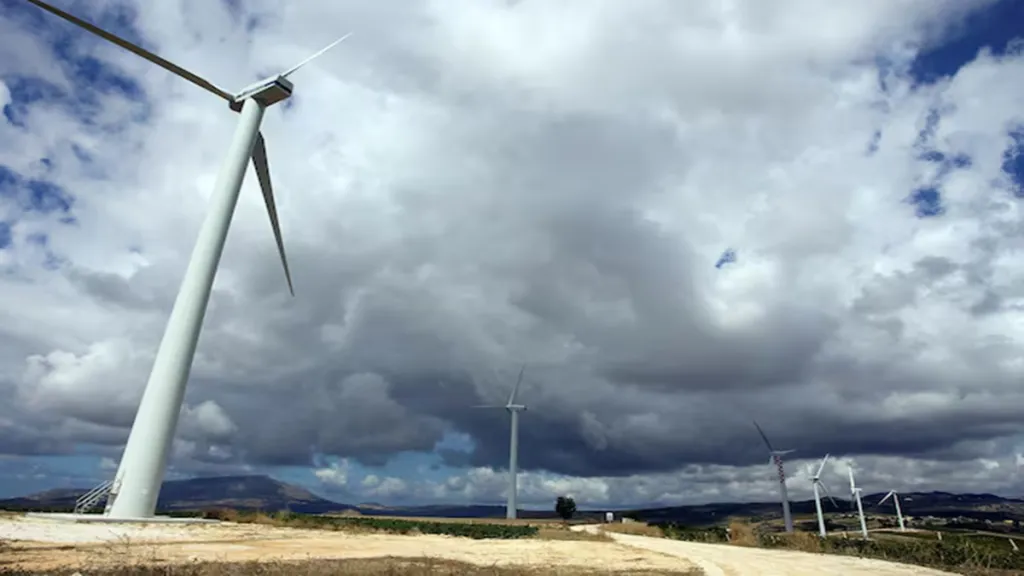By Abhinav Banka | Vejaya Agrawaal
Directed lending programmes have proved instrumental in overcoming market imperfections to channel funds in target sectors, particularly in East Asian countries such as Indonesia, Vietnam, and Thailand. Such policies are typically implemented through quotas and interest rate discounts by banks, as seen in India’s priority sector lending (PSL) norms. Green transition via upscaling renewable energy (RE) has emerged as a target area over several Budgets including in 2025 which intended to advance atmanirbharta (self-reliance) by prioritising clean tech, wind and solar energy, electric vehicles (EVs), and battery storage. India aims to install 500 gigawatt of non-fossil fuel energy capacity by 2030, requiring annual investments of Rs 1.5-2 lakh crore. While private firms have been driving investments in this sector, these have fallen short with actual figures of Rs 75,000 crore annually.
In view of this, India’s recently revised PSL guidelines now include RE as a designated category (with no mandated sub-target), providing loans up to Rs 35 crore for purposes like solar and biomass-based power generators, windmills, and non-conventional energy-based rural electrification including Rs 10 lakh for individual households. PSL mandates 40% target for all bank loans, with sub-targets mandated only for agriculture (18%), micro enterprises (7.5%), and weaker sections (12%). The RBI also operationalised the priority sector lending certificate (PSLC) scheme in April 2016 for agriculture, small/marginal farmers, micro enterprises, and general (for overall target) segments to enable banks to trade certificates when they undershoot or overshoot targets.
A 2024 RBI study suggests the PSLC has aided banks to achieve specialisation in specific categories, surpassing targets and boosting lending in their specialised segments, to be traded as a PSLC at premium. Of late, the weighted average premium for PSLC has decreased as banks have forayed into sectors with mandated sub-targets, thus reducing the demand and so the premium on such PSLCs. This indicates that PSLCs can be vital for credit flow to critical sectors like RE and social infrastructure, accompanied by increased organic lending over time with experience.
PSL monthly data from 2010 onwards shows a steady rise in disbursements after April 2016 for sectors where the scheme was issued. Pre- and post-PSLC comparison shows monthly disbursement has more than doubled for agriculture and micro-enterprises, while advances to weaker sections more than trebled (supported by a gradual rise in sub-target from 10% in 2020-21 to 12% in 2023-24).
However, credit trends in non-PSLC sectors have remained non-uniform. Monthly lending to housing almost doubled, while education loans remained flat and export credit declined. This suggests lending has been skewed towards sectors with mandated sub-targets while categories like RE gained minimal traction, accounting for an abysmal 0.04-0.1% of total PSL loans in 2024. In 2023-24, private sector banks led loans to RE (44%), followed by public sector banks (PSBs, 29%), small finance banks (SFBs, 17%), and foreign banks (10%). SFBs allocated the highest weight (0.34% of their PSL portfolio), while PSBs allocated a meagre 0.02%.
Lending to social-infra and RE is more challenging than to housing/agriculture due to inadequate credit quality assessment, risk of non-performing assets, project execution, and revenue recovery, etc.
PSL for RE, at Rs 2,800 crore in 2024, is less than 1% of the estimated investments in the sector. To meet funding needs, the Rs 30-crore loan limit may be enhanced as it is insufficient to meet the requirements of large projects. Permitting PSLC trading under RE (with mandated sub-target) could lead to enhanced lending, especially for regional rural banks and cooperative banks that focus on small-ticket lending. The scope of PSL guidelines may be widened to cover EVs and related infrastructure like battery storage systems. Also, the household limit of `10 lakh could be extended for installing community-based charging infrastructure at small scale, while a cap could be introduced for purchasing EVs. Such lending could also be backed by government guarantees with a sunset clause as credit guarantee programmes in the micro, small, and medium enterprise sector have impacted credit allocation.
Targeted lending programmes have passed the test of time to allocate credit to critical areas. Sectors with mandated targets have comfortably received bank funds. Less lucrative sectors have seen divided attention. While there can be no trade-off in categorical priorities, increasing the ambit of activities within sectors would only raise more credit. Taking note of the uncertainty surrounding climate financing, especially with the new administration in the US, it is even more critical to create alternative and domestically robust channels of funding green projects. Building upon the recent PSL revision, the RE sector demands a stronger financial impetus for achieving India’s net zero and sustainable development goals.
The writers are respectively IES officer, ministry of finance, and manager, RBI.
Disclaimer: Views expressed are personal and do not reflect the official position or policy of FinancialExpress.com. Reproducing this content without permission is prohibited.

